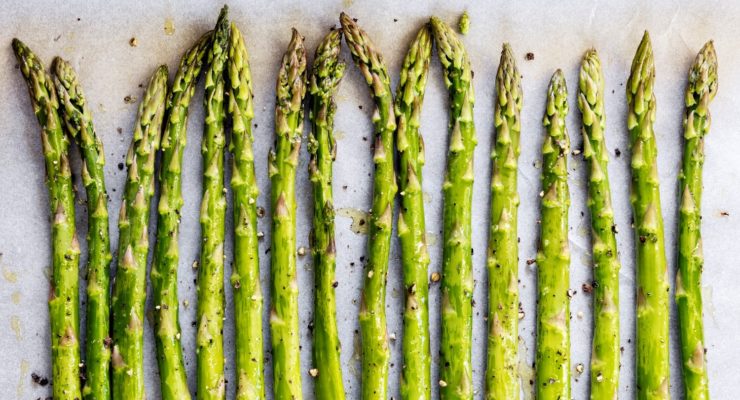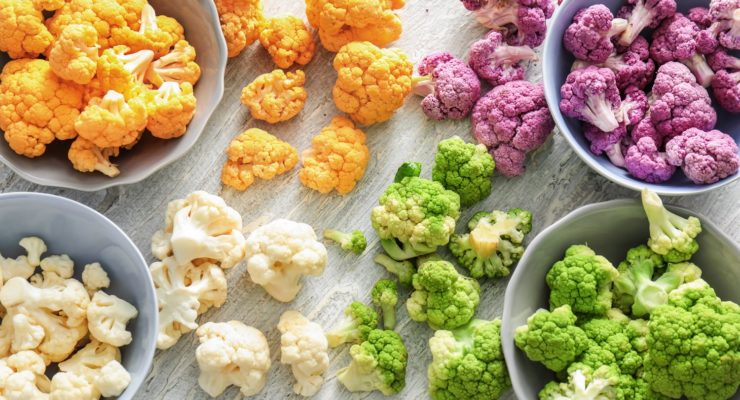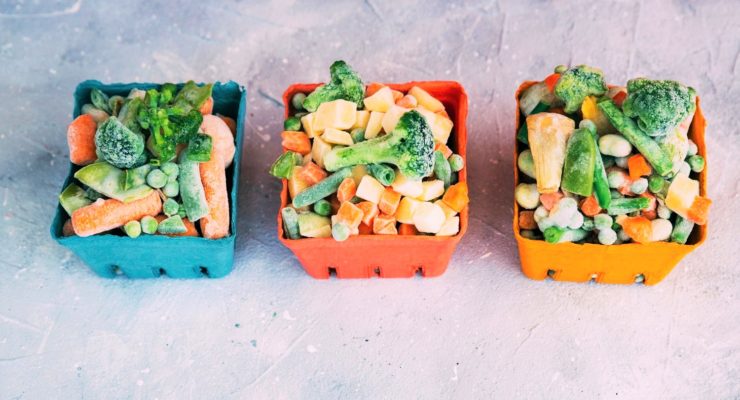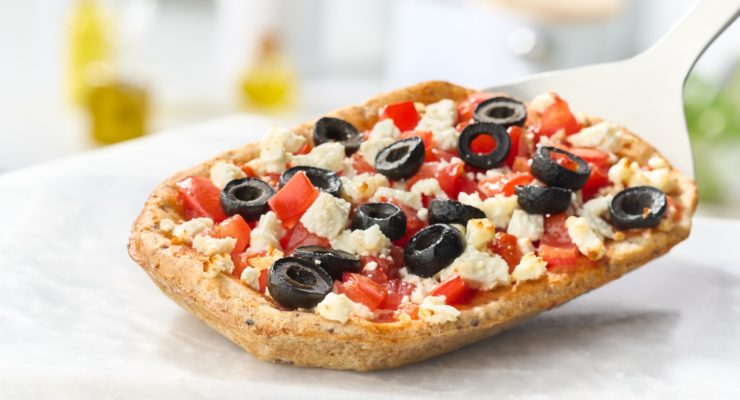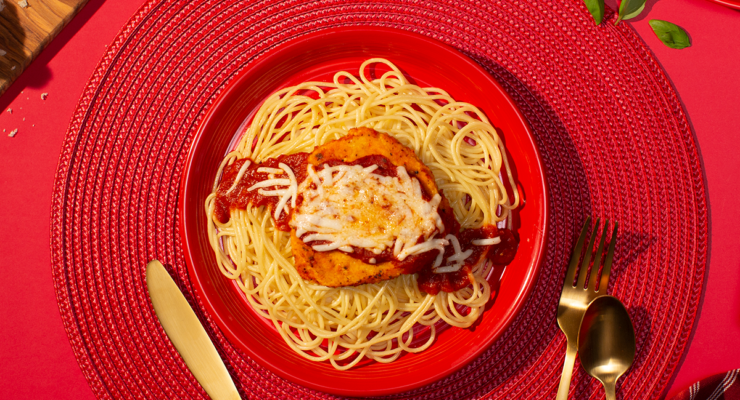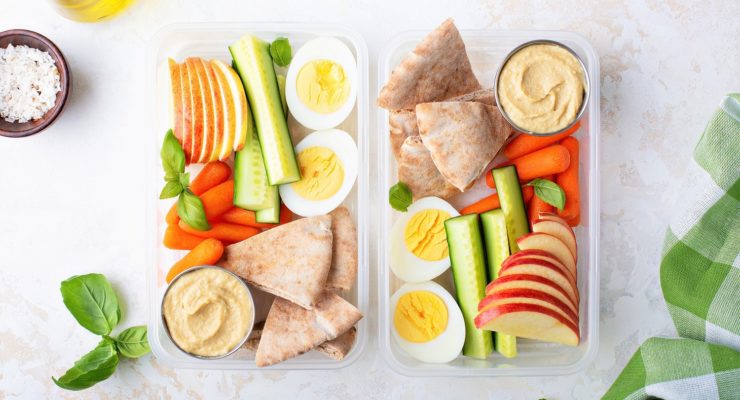7 All-You-Can-Eat Veggies to Always Keep in Your Kitchen
Article posted in: Nutrisystem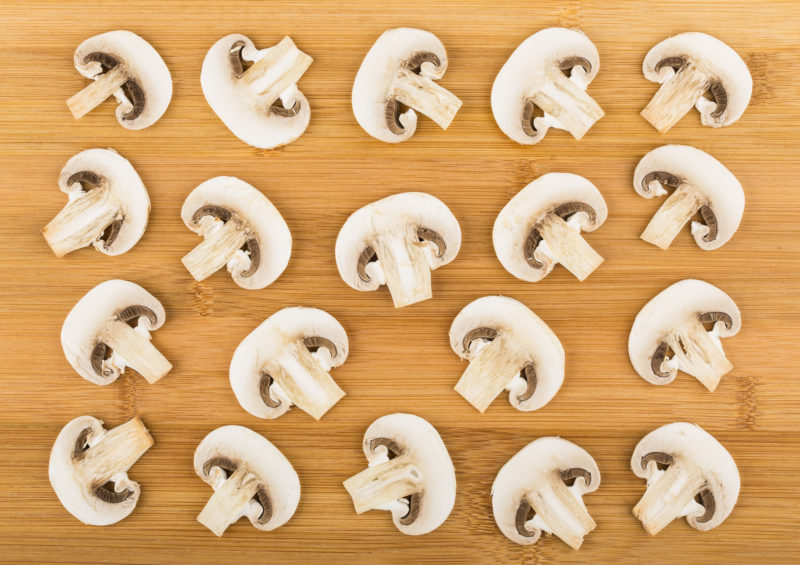
When you’re trying to lose weight, you hear a lot about limiting what you eat. But that doesn’t mean you can’t satisfy your hunger pangs whenever they strike! Non-starchy vegetables are so high in nutrients yet so low in calories and fat that you can have as much of them as you want, anytime you want. Non-starchy veggies are unlimited on the Nutrisystem plan.
We’ve put together a list of seven all-you-can-eat, unlimited veggies to stock up on and enjoy in a variety of ways. (Pro Tip: They are prefect if you’re on your first week of Nutrisystem!) And once you’ve chosen your favorites, be sure to click the link below for tons of unlimited veggie recipes that really pump up the flavor:
1. Beets


Beets are a two-for-one food because you can eat the dark-green leafy tops as well as the deep-red (or sometimes gold-colored) roots. Both tops and roots are high in fiber, which helps you feel full long after eating. A half-cup of beet greens gives you 30 percent of your RDA for vitamin C and they’re a good source of vitamin A, too. The roots are loaded with potassium, the mineral that your body needs to manage its sodium levels. You also get a healthy amount of folate, a B-vitamin that helps prevent birth defects.
Try: Use the tender greens in salads, omelets, and stir-fries. The naturally sweet roots can be roasted or grilled for a hearty side dish or shredded and added to smoothies or even cakes and cupcakes. Or check out this simple and delicious Beet and Goat Cheese Appetizer.
2. Bell Peppers
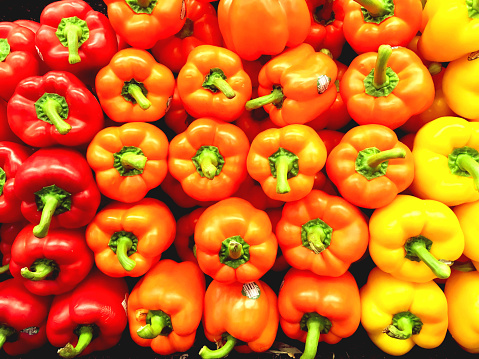
Did you know that red (and yellow and orange) bell peppers are green peppers that have fully ripened? During that extra time on the vine, the more brightly colored types become sweeter, less bitter, and more nutritious. A medium-size red pepper has 250 percent of your RDA of vitamin C and 75 percent of your vitamin A—that’s 11 times more than an average green one. Best of all, colorful peppers are as juicy and sweet as many summer fruits, but have just 37 calories.
Try: A tablespoon of cream cheese spread on a few slices of peppers will refuel you on a busy afternoon. For an extra kick of flavor, sprinkle on cayenne pepper or everything bagel seasoning. Grilled peppers with summer squash and onions make a quick, healthy side on warm nights. You can also make our easy recipe for Bell Pepper Nachos for a healthy snack idea!
3. Cauliflower

Cauliflower used to be just broccoli’s pale cousin, these days its versatility is winning over healthy eaters. In just a half-cup serving of cauliflower, you get 80 percent of the vitamin C you need daily, plus 2 grams of fiber. Cauliflower has glucosinolates, a unique plant nutrient that has been linked to a reduced risk of colon and rectal cancers. Cauliflower is also loaded with vitamin K, which plays a key role in bone health and blood clot formation.
Try: Cook cauliflower by steaming and blend it with potatoes to make a more nutritious “mashed” potato or a thick, creamy base for soups. Many grocery stores now sell cauliflower “steaks,” slices thick enough for grilling. Season a whole head of cauliflower with the orangey spice turmeric, then roast to a beautiful and flavorful bronze. You can grate cauliflower heads to make side dishes like Cilantro Lime Cauliflower Rice.
4. Celery

When you just food that’s crunchy, celery is your solution. It has just 6 calories and no fat, but its high water content and insoluble fiber helps you feel satisfied and keeps your digestion working smoothly. Bonus: Butylphthalide, the compound that gives the vegetable its flavor and scent, has been found to reduce bad cholesterol (LDL).
Try: Celery stalks are built for filling with a tablespoon of peanut (or almond) butter, adding a serving of protein and healthy fats. Chop up celery to include in tuna or egg salad. Puree the stalks to make the base for a delicious, low-cal soup. Cut the stalks into 1-inch-long pieces and roast along with carrots, onions, and other roots.
5. Cucumbers
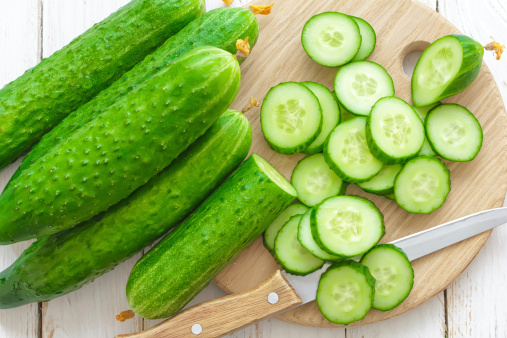
Cool and refreshing cukes are so juicy, they satisfy your hunger and your thirst. A half-cup of sliced cucumbers gives you 76 milligrams of potassium, which helps you stay hydrated, plus other vital minerals including calcium and phosphorus. All that comes with just 8 calories and a lightly sweet flavor that blends well with so many other foods.
Try: Cukes are best enjoyed raw, but you can toss them into stir-fries near the very end of cooking. Mix finely chopped cucumbers with tomatoes, onions and bulgur wheat to make tabbouleh, a flavorful Middle Eastern style salad. Tuck thinly cut cucumber into sandwiches and wraps with other unlimited veggies. Cucumber and lemon slices turn a pitcher of chilled tap water into a refreshing drink for hot days. The whole family are sure to clamor for these Pom-Cheesy Cucumber Bites.
6. Mushrooms

From simple white buttons to massive portobellos, mushrooms come in many varieties. All are low in calories and fat-free, yet they make almost any dish more filling. That’s because they’re rich in fiber and add heft to other ingredients. You even get about a gram of protein in each ounce of mushrooms.
Try: With so many diverse sizes and textures of mushrooms, you can find one to fit into just about any meal. Toss a few onto a homemade or frozen pizza with other unlimited veggies. Skip the beef burger and grill up a large Portobello instead—you still get that flamed-cooked flavor but with much less saturated fat. Slice small mushrooms into stir-fries or this Air Fryer Frittata.
7. Romaine

You could say that Romaine is the hardest working lettuce. Sure, it’s the foundation of Caesar salads, but there are so many other ways to use its sturdy, dark-green leaves. Romaine delivers a big load of nutrients, with 148 percent of your RDA for vitamin A in a half-cup, as well as calcium and essential amino acids, the building blocks of protein.
Try: Romaine’s subtle flavor, along with the fiber and vitamins, blends discreetly into fruity smoothies. Instead of bread or rolls, enjoy sandwiches and burgers wrapped in Romaine leaves. Substitute Romaine for Iceberg lettuce in any salad and you’ve instantly bumped up its nutrient level. This mixed green salad treats you to a variety of satisfying flavors and textures.

